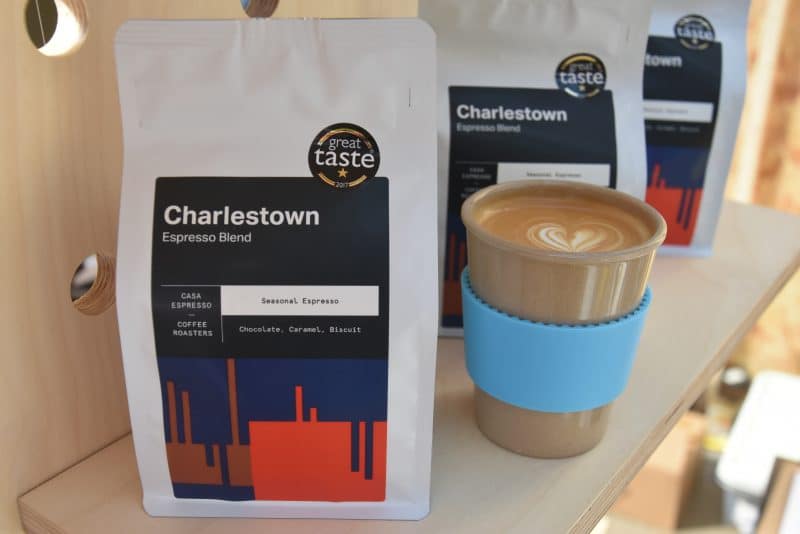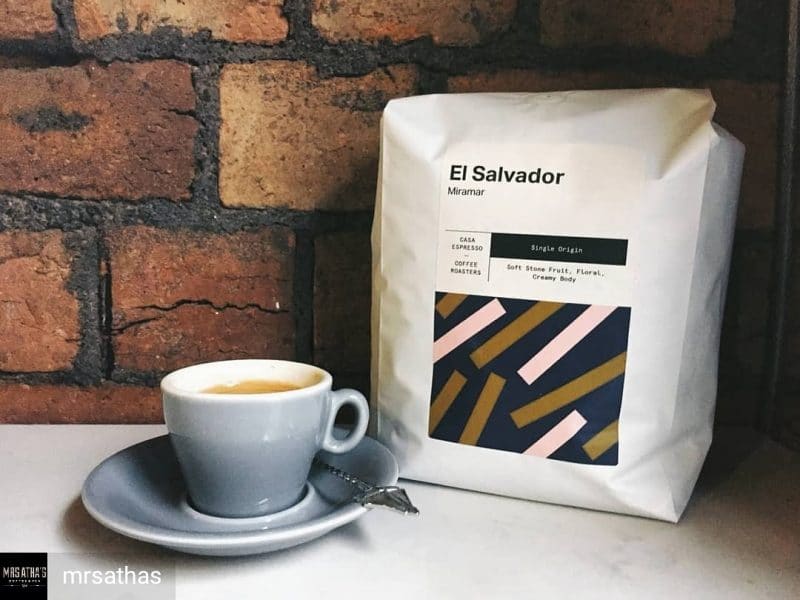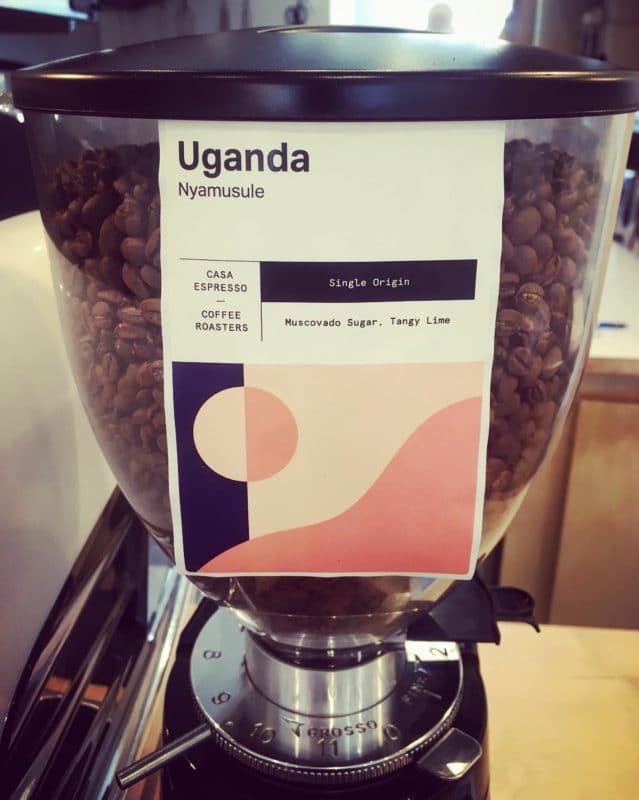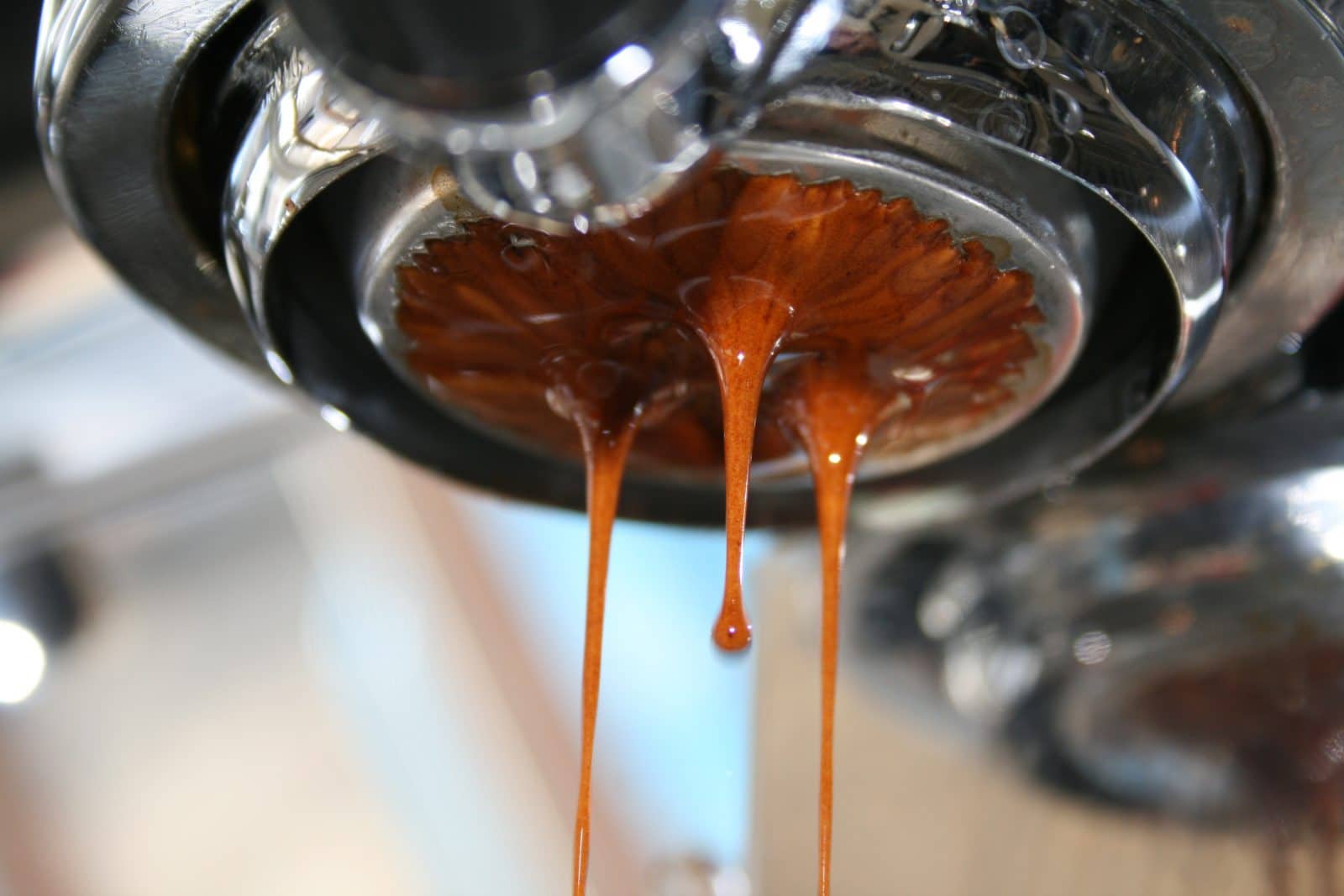Brewing, How To Guides
Coffee Shop Espresso Game
How do you choose a coffee for your espresso offering in your coffee shop? Dark/light roast? Washed or natural? Blend or single origin? There are so many options it can be confusing, but there is a place for all these types of coffee. Let’s start with what to look for in a ‘House’ espresso. This a coffee that ideally needs to be balanced, smooth but not boring, and tasty but not overly acidic. It needs to be good as straight espresso and long black, but equally work well through milk- it is likely that the majority of drinks you sell will be milk based.
This type of coffee should be on the darker end of the roast spectrum relative to your other coffee offerings- helping create a smoother, more caramelised flavour profile with reduced acidity and increased body. That’s not to say you need a dark roast coffee by any means- just relatively so compared to your other coffee offerings.

Dry (natural) processed coffees tend to have more body and a smoother, less acidic cup profile when compared to washed coffees, making them a great option for a single origin House espresso or as part of a House blend.

Blends tend to work well as a House espresso as they are designed with balance in mind- combining two or more single origin coffees to help create a balanced profile. The majority of coffee shops use blends as their House Espresso. For a House espresso it’s best to avoid light roasted washed coffees, particularly those from Africa, although super tasty when brewed well, they tend to have a ‘spiky’ acidity and thin body, which rarely makes a good combo with steamed milk.
So what is best to look for in coffees for Guest Espresso? Guest Espresso is a great addition alongside your House Espresso. Forget about balance. Guest coffee should be about fresh crop, lighter roast coffees. It should showcase what is outside of the ‘normal’ box, and reward those willing to take a risk with fresh and vibrant flavours.

Guest Espresso should be changed frequently, with the focus being on discovering new origins and farms, and exploring different processing methods and all other aspects of coffee terroir. It should be a coffee journey for you and the customer.
Ideally Guest Espresso should be served black to really allow the natural flavour of the coffee to shine. That’s not to say it won’t work well though- especially if it’s a dry/natural process. If pulled right- these coffees should be super sweet, with complex fruity acidity. For more info and to arrange a tasting at our roastery – don’t hesitate to get in touch.



